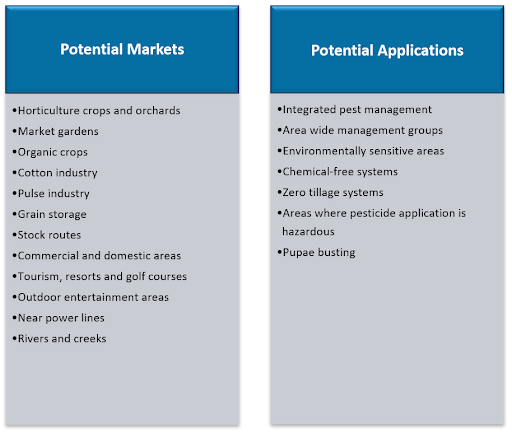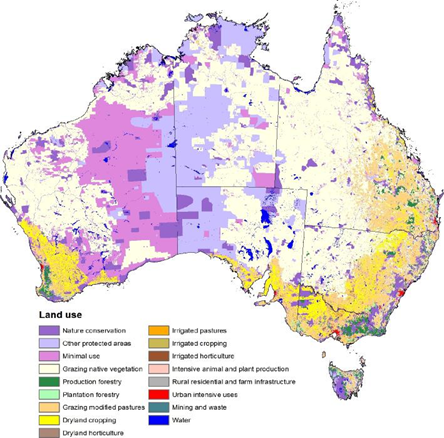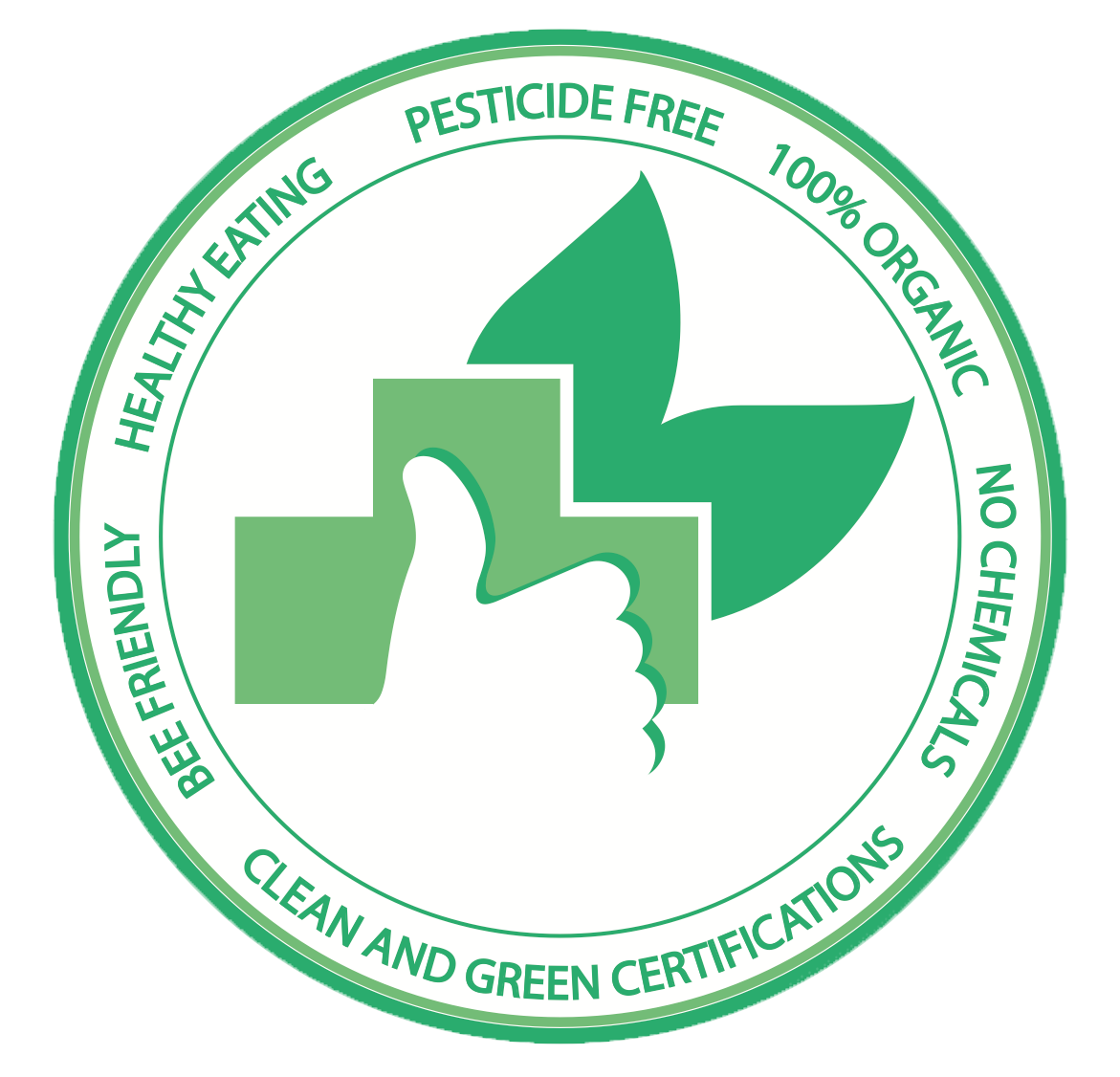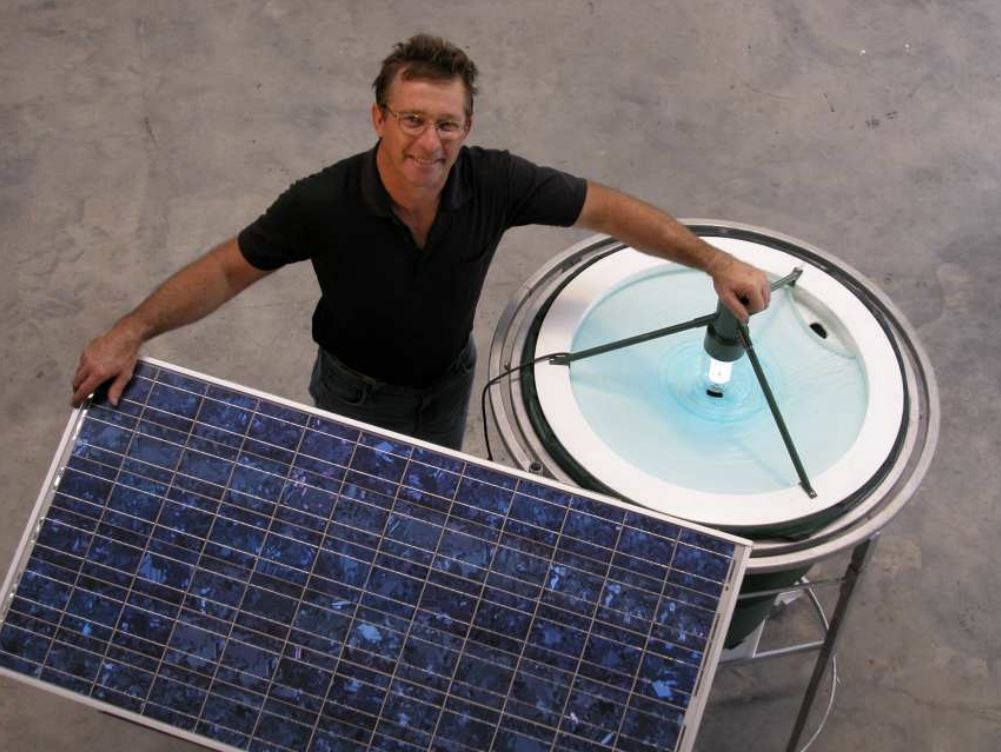The Vortex insect trap was invented in the early 2000’s by Charlie Curnow and his brother Bryan to provide a solution for managing moths that were destroying vegetable crops on Bryan’s farm. At that time the brothers were aware also that this flying insect problem was not restricted solely to crops, with pests swarming the local hotel.
The need for an environmentally friendly solution to this problem inspired the brothers to research and develop a non-toxic chemical free solution that was adaptable across multiple applications. Their efforts resulted in the development of the Vortex insect trap, involving an innovative design that allowed it to be applied across multiple sectors, including agriculture, tourism and health.
Global Distribution of the Fall Armyworm and the Cotton Bollworm


Two maps showing the global distribution of the Fall Armyworm and the Cotton Bollworm, respectively, two extremely serious pests that are inflicting global crop devastation.
These “night flying” pests have a voracious appetite for a wide range of crops and our ability to prevent the devastation that these pests are creating to crops is lessened because these pests have developed resistance to conventional insectides. This resultant impact is staggering in terms of:
- Economic losses due to lost crop production
- Food security, resulting in malnutrition, starvation and potentially deaths
- Poverty alleviation as lost production reduces farming incoming
The Vortex insect trap provides a “proven”, cost effective and best practice “environmentally safe” solution to managing night flying non-beneficial insects without the need for high cost chemical applications.
Markets
The three key markets for the Vortex insect trap are agriculture, tourism and human health.
Agriculture
The Vortex insect trap can be deployed an effective alternative to pesticides to manage pests across a wide range of applications in the agricultural sector.
Invertebrate pests are putting Australia’s natural and man-made ecosystems at risk.
CSIRO
Tourism and Human Health
The Vortex insect trap can be utilized in tourist resorts, hotels and other recreational venues to assist in reducing the impact of pests on people as well as reducing the impact of the pests on the associated facilities.
Evidence suggests that acute and chronic side effects can occur from the use of pesticides (For example, breathing issues and seizures). The Vortex insect trap will also reduce the risk of people
Pesticide Use
The impact of insect pests in Australia and the management of these pests is large. In Australia, approximately $412.6 million was expended during the 2018 financial year on insecticides to control insect damage on crops.
The Vortex insect trap provides an economic and environmentally sound approach for controlling non-beneficial flying insects offering significant economic benefits to the farming and agriculture sectors.
A Summary of the Opportunities for the Vortex Insect Trap are contained in the following:

Australian Market Overview
The market size and potential in Australia is very large with 28 million hectares (based on the three-year average for the period ending 30 June 2018) of cropping land that would require 5,600 Vortex insect traps, based on a 0.1% annual market penetration.
The land utilized for crops varies seasonally and is influenced by various factors, including climate.

This includes broad acre crops, hay and silage, nurseries, cut flowers and cultivated turf, fruit, nuts and vegetables.
The expenditure on pesticides provides a guide to the size of the market since the Vortex insect trap provides an environmentally friendly and commercially viable alternative to pesticides in the market.
The annual global pesticide market is estimated to be the order of US$7 billion.
The Australian Pesticides and Veterinary Medicines Authority reported that Australia’s expenditure on commercial insecticides was approximately $412.6 million in the 2018 financial year.
One of the company’s key target markets in the first instance is the cotton industry, where the Vortex insect trap has been trialed successfully. Market research has substantiated that cotton crops utilize 25% of the world’s pesticides. The countries identified for initial market entry in cotton industry are Australia and USA.
Key Agriculture Industry Targets
The initial market focus for the Vortex insect trap could be quite broad given the diverse industry sectors where the Vortex insect trap can be utilized. However, the focus of AFIG in the first 3 years will be on four key targets only.
| Industry | Comments |
|---|---|
| Organics | Organic farming is a market driven by consumer interest in health matters and environmental considerations and it is the fastest growing sector in the agricultural economy. There is a range of fruit and vegetable crops that have been demonstrated to be positively affected with the use of the Vortex. AFIG marketing will focus accordingly on the organic crops listed in Appendix DD. By avoiding conventional crops as a focus, Vortex will avoid generating opposition from pesticides suppliers such as Monsanto and Dupont. |
| Organic cotton and chick peas | Two particular organic crops to be targeted are cotton and chick peas, both having shown Vortex to be successful in trials to date. |
| Nurseries | The Nursery sector is a natural market for the Vortex and proved to be an effective approach when the previous “Vortex” product was launched in the early 2000’s. |
| Industrial hemp & Medicinal Cannabis | These emerging crops will benefit from pest control due to the additional quality that can be added to the crop from avoiding use of chemically- based pest controls. Industrial hemp is a much greater acreage both now and future than cannabis grown for medicinal purposes. |



